Siemens Boltshield FSPD140 Whole-House SPD for EV Charger Protection
The Siemens Boltshield FSPD140 is a trusted Type 2 surge protection device, ideal for protecting 240V residential EV charger installations from surges and voltage spikes.
The Siemens Boltshield FSPD140 Whole-House surge protection device (SPD) is one of the most trusted 4-wire (L1, L2, Neutral, and Ground) Type 2 SPDs on the market, particularly well-suited for protecting residential 240V EV charger installations. Whether you’re installing a 120V Level 1 EV charger or a 240V Level 2 EV charger, the 120/240V Siemens Boltshield FSPD140 SPD provides comprehensive defense against damaging voltage spikes from grid events, lightning, or internal electrical surges.
While many EV charging forums and threads still recommend the older Siemens FS140, it’s important to note that these are outdated posts. The Siemens Boltshield FSPD140 is a newer model replacing the FS140, featuring an updated design and continued whole-house protection for modern EV charging installations.
Its 140,000-amp surge current capacity per phase, commercial-grade NEMA 4X enclosure, and wide compatibility with any load center or breaker brand make it an ideal whole-home surge protection solution with added value for EV owners.
We recommend the Siemens BoltShield FSPD140 Whole-House SPD as one of the best surge protection devices, not only for single EV charger setups, but also for advanced installations involving multiple EV chargers on a shared panel, as commonly found in commercial, workplace, or fleet charging environments. In these scenarios, the FSPD140 protects all EV charger circuits within the panel, delivering consistent defense against power surges and voltage transients.
We also recommend the Siemens BoltShield FSPD140 for EV charger installations that include multiple EV charging accessories, such as solar-integrated EV charging systems with smart meters, load controllers, and monitoring devices. Whether these components are wired into a dedicated subpanel or the main service panel, the FSPD140 provides comprehensive, panel-wide surge protection. This makes it a cost-effective alternative to installing individual surge protectors for each electrical device, streamlining protection without compromising safety.
Key Specifications
- Type: Type 2 SPD (external parallel connection)
- Surge Current Capacity: 140,000 Amps per phase
- Amperage Rating: 140 Amps
- Voltage Rating: 240V
- Frequency: 50/60 Hz (±3 Hz)
- Enclosure: NEMA 4X (outdoor-rated; suitable for indoor use)
- Protection Components: Thermally protected MOVs
- Mounting: External wall or load center-mounted
- Visual Indicators: Red service flag + audible alarm for failure notification
- Warranty: 10-year, 100K warranty
- Compatibility: Universal – works with any load center or breaker brand
Siemens Boltshield FSPD140 Whole House SPD Installation for EV Chargers
4-Wire EV Charger Installations (NEMA 14-50)
For plug-in EV chargers using a 4-wire configuration – L1 (red), L2 (black), neutral (white), and ground (green) – the Siemens Boltshield FSPD140 is installed in parallel to the main breaker, connected to L1, L2, neutral, and ground terminals. This ensures protection across all conductors in the dedicated EV charger branch circuit.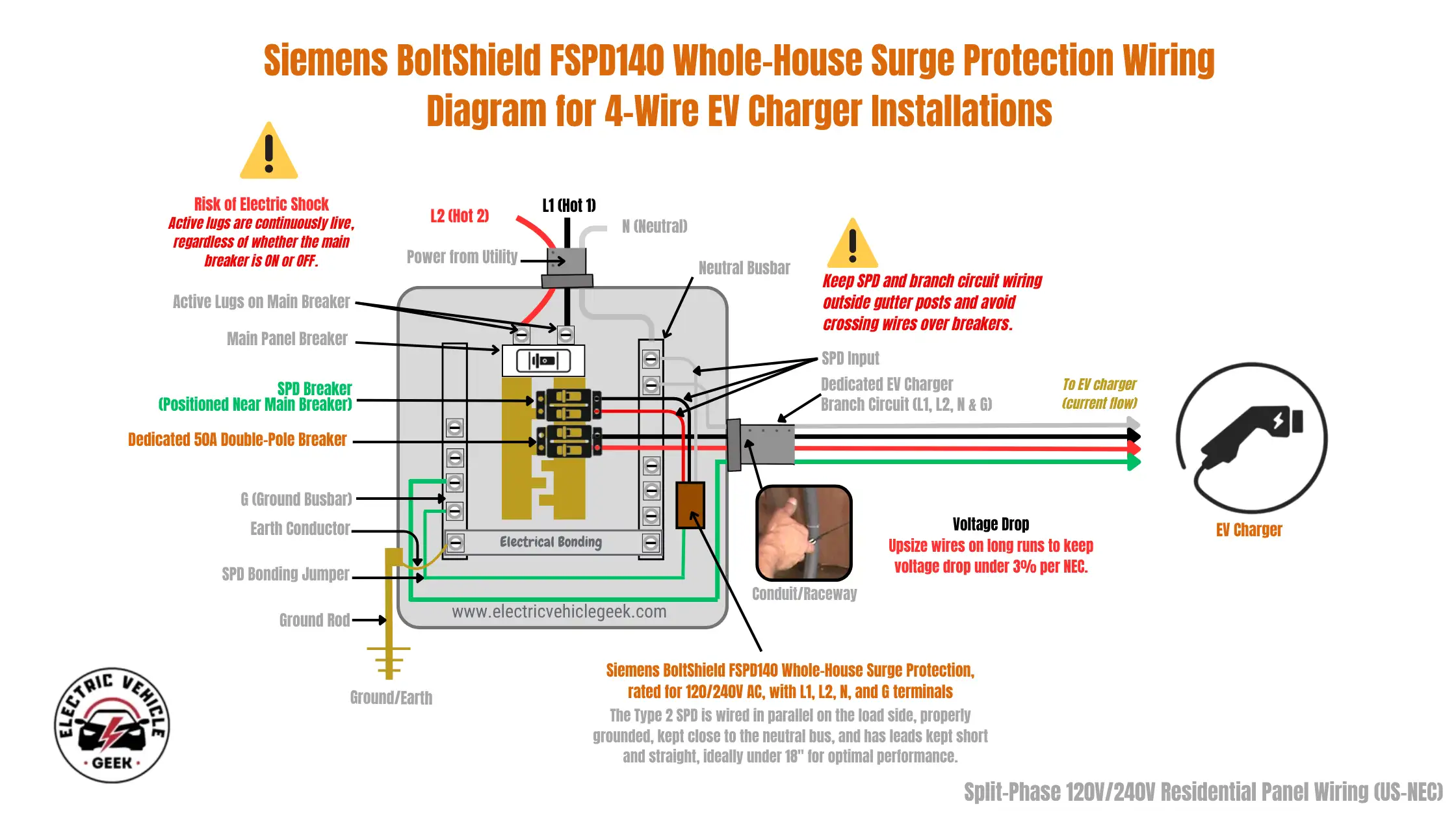
This setup is typical for chargers like the Grizzl-E, Lectron, or Tesla Mobile Connector with NEMA 14-50 plugs.
3-Wire EV Charger Installations (Hardwired)
In hardwired EV charger installations that use a 3-wire branch circuit (L1, L2, and ground only), the Siemens Boltshield FSPD140 SPD still provides full surge protection. The device connects to both hot conductors (L1 and L2) and ground, enabling it to suppress both line-to-line and line-to-ground voltage surges, effectively covering all conductive paths supplying the EV charger.
Although the 3-wire branch circuit EV charger circuit itself does not include a neutral wire, the Siemens Boltshield FSPD140 neutral conductor is still terminated at the panel’s neutral busbar, as required for proper SPD operation. This ensures that the unit functions as intended, even when protecting dedicated circuits that omit the neutral conductor, such as most hardwired Level 2 EV chargers.
Chargers like the Tesla Wall Connector, Tesla Universal Wall Connector, ChargePoint Home Flex, Wallbox Pulsar Plus, or Emporia EV Charger typically use this 3-wire configuration.
Installation Location
The Siemens Boltshield FSPD140 should be installed as close as possible to the main panel breaker, ideally within 18 inches of its breaker, to minimize lead length and improve clamping response. It mounts externally next to the panel, or, where space permits, can be installed inside the load center itself.
This positioning ensures comprehensive protection across all downstream circuits, including EV chargers, HVAC, appliances, and sensitive electronics throughout the home.
The NEMA 4X-rated enclosure also guarantees durability for garage- or outdoor-mounted EV chargers, with resistance to rain, humidity, and dust.
Real-World Benefits for EV Owners
- Whole-Home Surge Protection: Shields not just your EV charger, but every circuit in the house from damaging voltage transients.
- EVSE & Vehicle Protection: Helps prevent surge-related failure of your EV charger and potentially the vehicle’s onboard charging electronics.
- Flexible Wiring Support: Compatible with both 3-wire and 4-wire EV charging setups.
- Maintenance-Free Design: Includes audible and visual fault indicators for easy status checks; no ongoing maintenance required.
- Premium Warranty: A 10-year warranty plus connected equipment coverage offers peace of mind for homeowners.
Recommended Posts
- EV Charger Surge Protection Guide – Learn how surge protection works for residential EV charging, including NEC rules and wiring tips.
- Best Surge Protectors for EV Chargers – Handpicked by EV experts to match specific charger types, panel setups, and installation conditions.
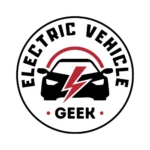

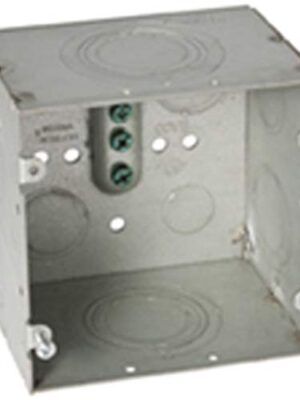
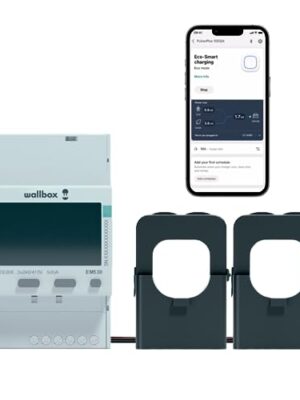
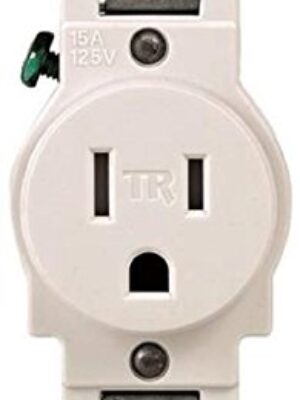
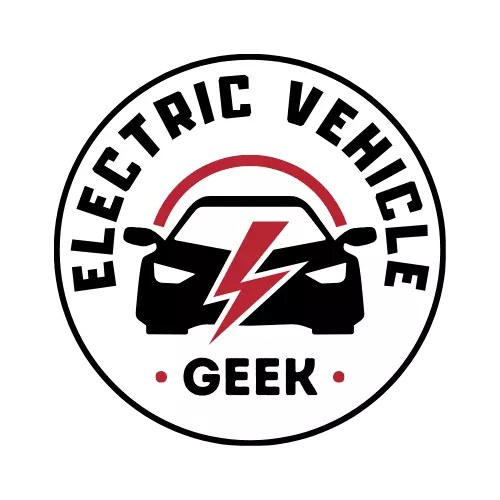
There are no reviews yet.